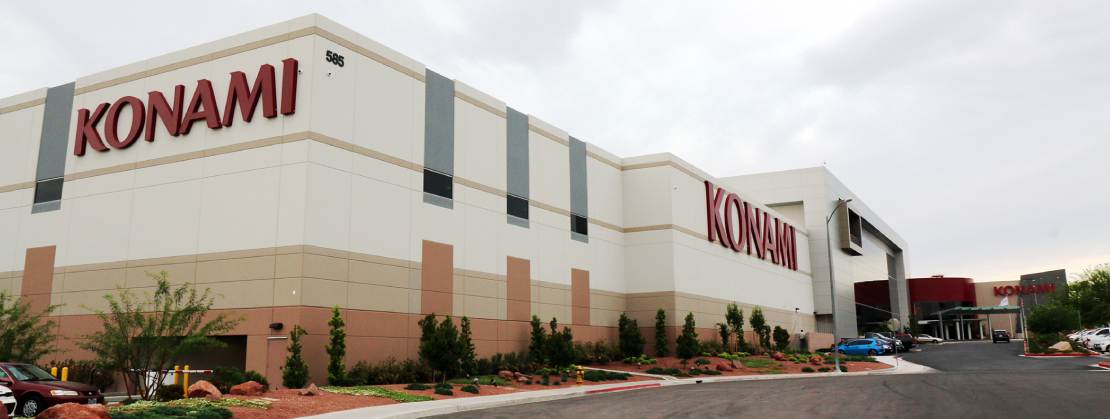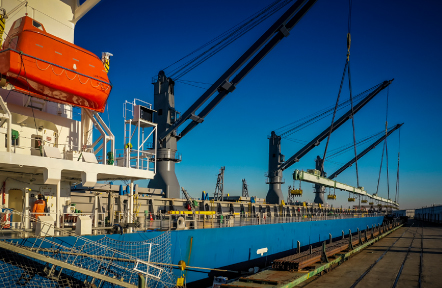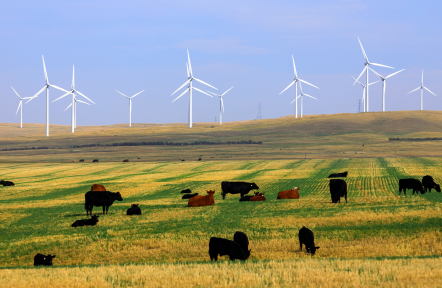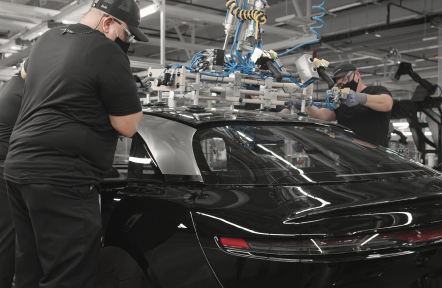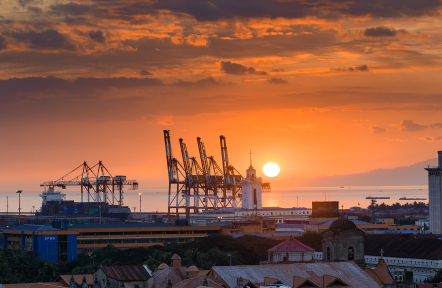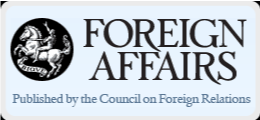
For a country that occupies just over 13,000 square kilometers, Taiwan’s geographical size belies its economic clout and political importance in Asia and the rest of the world.
Together with Singapore, South Korea and Hong Kong, Taiwan was among the so-called Asian Tigers that impressed the world with their rapid industrialization in less than a generation following the devastation of the Second World War.
From an agricultural economy with a per-capita gross national product of only $170 in the 1960s, Taiwan catapulted itself from the ranks of the underdeveloped countries in Africa to a hotbed of pioneering technology in the twenty-first century. It now boasts a per-capita GDP of over $35,000.
Because of its contentious political status, Taipei, perhaps like no other government, has had to harmonize its international trade strategy more diligently with its foreign policy to ensure that its de facto allies and trade partners can conduct their business with Beijing effectively.
In recent years, Taiwan appears to have struck that optimum balance in this increasingly integrated world, wherein hard dogma has had to occasionally accommodate practical realities.
So, while staying faithful to its autonomous identity, Taipei has also opted to be less confrontational about it and be more pragmatic in dealing with its much larger, fast-growing neighbor across the Taiwan Strait.
Clearly, that accommodation in diplomacy has allowed Taiwan, already standing on very strong economic fundamentals, to emerge from the 2008 global economic slump virtually unscathed and resume its dynamic performance soon after.
The numbers provide a clearer picture of Taiwan’s economic strength, as well as of its improving and more integrated relations with China.
While the global economy recovered in 2009 and posted an average gross domestic product (GDP) growth of 5 percent, Taiwan’s GDP surged 10.82 percent, its highest level in twenty-four years, on the back of stronger exports and more robust domestic demand. And unemployment has sunk to a thirty-year low.
But because of its limited domestic market, Taiwan has prioritized overseas trade relations, especially with neighboring China and longstanding partner, the United States.
A watershed in cross-strait relations, the Economic Cooperation Framework Agreement, or ECFA, was signed by Taipei and Beijing in 2010. The agreement is designed to reduce tariff and trade barriers between the two sides.
Currently, mainland China is Taiwan’s largest export market, followed by Hong Kong, and bilateral trade is estimated at $110 billion.
Because about 42 percent of its goods go across the strait, the Taiwanese government headed by President Ma Ying-Jeou has recognized the need to diversify its export markets if it wants to remain globally competitive in the long run.
With the United States, Taiwan entered into talks for a Trade and Investment Framework Agreement, or TIFA.
Negotiations have stalled the past three years, but Taipei remains determined to finalize a free trade agreement (FTA).
“We would like to sign an FTA like economic agreement with the United States. The importance of doing so is evident, since the United States is one of Taiwan’s foremost trading partners,” said Foreign Minister Yang Chin-Tien.
“If we do not conclude such an agreement with the United States, Taiwan will be put in a very disadvantageous position, as we will not be able to compete with our main competitors,” the foreign minister added.
Home Improvement
While looking further afield to improve trade relations with its neighbors, Taiwan has also launched a multibillion-dollar infrastructure program that is aimed at improving the quality of life, attracting more foreign investment, and making the country the most dynamic trade and transport hub in Asia.
The ambitious plan involves the construction of new roads, high-speed rail links, airports, and seaports, with some projects falling under a build-operate-transfer scheme open to international capital.
“The Ministry of Transport and Communications has a special mission. Because Taiwan is an island, it is very important to have good air and sea transport networks,” said Deputy Minister Yeh Kuang-Shih.
One of the ministry’s major projects is the renovation of Taoyuan International Airport’s Terminal 1 and Terminal 2.
When the improvements are completed next year, the facility will raise its current annual capacity from 32 million passengers to 37 million, and to 45 million by 2018 with the opening of a third terminal, according to Yeh.
The so-called 18,000-hectare “aerotropolis” in Taoyuan will contain hotels, convention centers, and free trade zones, which play a vital role in the country’s economic development program.
Outside of Taoyuan, the government also operates free trade zones around the seaports of Taipei, Kaohsiung, Keelung, and Taichung.
“Geographically, Taiwan has a strategic location in the center of East Asia, at the heart of Asia. We need to leverage our close affinity with China, so that businesspeople can go to China from Taiwan and set up their business operations in Taiwan, making use of ECFA,” Yeh said.
“Another opportunity is the Taoyuan High Speed Rail station, where we have 22 hectares that we would like someone to develop into an industrial zone, focused on medical tourism,” he added.
Because of its geographical closeness to mainland China and its strength in various high-tech sectors, Taiwan has been promoting itself as the ideal springboard to enter the massive and potentially lucrative Chinese market for American and other foreign companies unfamiliar with its culture.
For several years now, Taiwan has consolidated its reputation as a hotbed of new technology, whether it was in manufacturing in the 1980s, information technology in the 1990s, biotechnology in the 2000s, and green technology in the present decade.
Today, the Taiwanese economy boasts an impressive, highly diverse profile of pioneering and well-performing industrial sectors, which has kept the country highly attractive to foreign investors.
“We are strong in industrial clusters. We are rich in financial capital. We also have a very talented workforce,” said Economic Affairs Minister Shih Yen-Shiang.
“In the last twenty years, we have shifted our capability from OEM to ODM. We now have a lot of strength in design and innovation, and I have strong confidence that Taiwan will go into the own-brand business in ten years. The Chinese market is growing so fast. The domestic market is also growing. That is the basis for building the ownbrand business,” Shih also said.
Science of Growth, Growth of Science
One of the most common associations to Taiwan’s brand has been its sterling reputation in science and technology, whether it is in IT, biosciences, or green energy.
Ensuring that Taiwan does not lose that competitive edge is the National Science Council, the main government agency in charge of promoting and funding science research in the country.
The government strategy to set up science parks and industrial clusters was undeniably vital in Taiwan’s meteoric rise as an economic powerhouse and its continued strength, even in the midst of recessions.
In fact, a World Bank study named Taiwan the top knowledgebased economy in Asia, and according to National Science Council minister Lee Lou-Chuang, the country holds a 28 percent global market share in ICT design.
The National Science Council supervises the Central Taiwan Science Park, the Southern Taiwan Science Park, and the Hsinchu Science Park.
Determined to stay at the economic forefront, it has launched programs in agricultural biotechnology, telecommunications, biotechnology and pharmaceuticals, disaster reduction, energy, genomic medicine, nanoscience and nanotechnology, e-learning and digital archiving, and semiconductors and integrated circuits.
And among the pioneers of Taiwan’s technology sector is Delta Electronics.
Celebrating its fortieth year, the Taipei-based company has grown from a fifteen-man operation to one of the world’s largest and reliable providers of power, networking, and wireless solutions.

“Reliability is of extreme importance. We sell our products at a minimum cost but not necessarily at a minimum price. When users buy our equipment, there’s less trouble and thus, less service charges. In the process, using Delta is the lowest cost option,” said Chairman and Founder Bruce Cheng.
Delta Electronics was also the only Taiwanese company to make CNBC’s European Business magazine’s list of the Global Top 100 Low-Carbon Pioneers.
“We try to make something that can be used longer. Others say that the more efficient and long-lasting a power source is, the less business you have. This is wrong. To ensure the next generation has enough natural materials to continue, you’ve got to find economical ways to make energy last longer and, if possible, be reusable at a lower cost,” Cheng explained.
With such overall strengths, it is not huge surprise that Taiwan has remained one of the world’s most stable economies and a preferred investment destination.
And that combination of pragmatism, financial strength, and technological knowhow will continue yielding bright forecasts and positive results.
“We are bullish on the overall economic growth of Taiwan. We are still bullish on the technology industry. We’ve got some winners in Taiwan, who are nearly impossible to dethrone. In the rapidly maturing tech industry, Taiwan has carved out a very strong position. And that will continue,” said Bill Wiseman, chairman of the American Chamber of Commerce in Taipei.
- This report originally appeared in the September/October 2011 edition of Foreign Affairs


